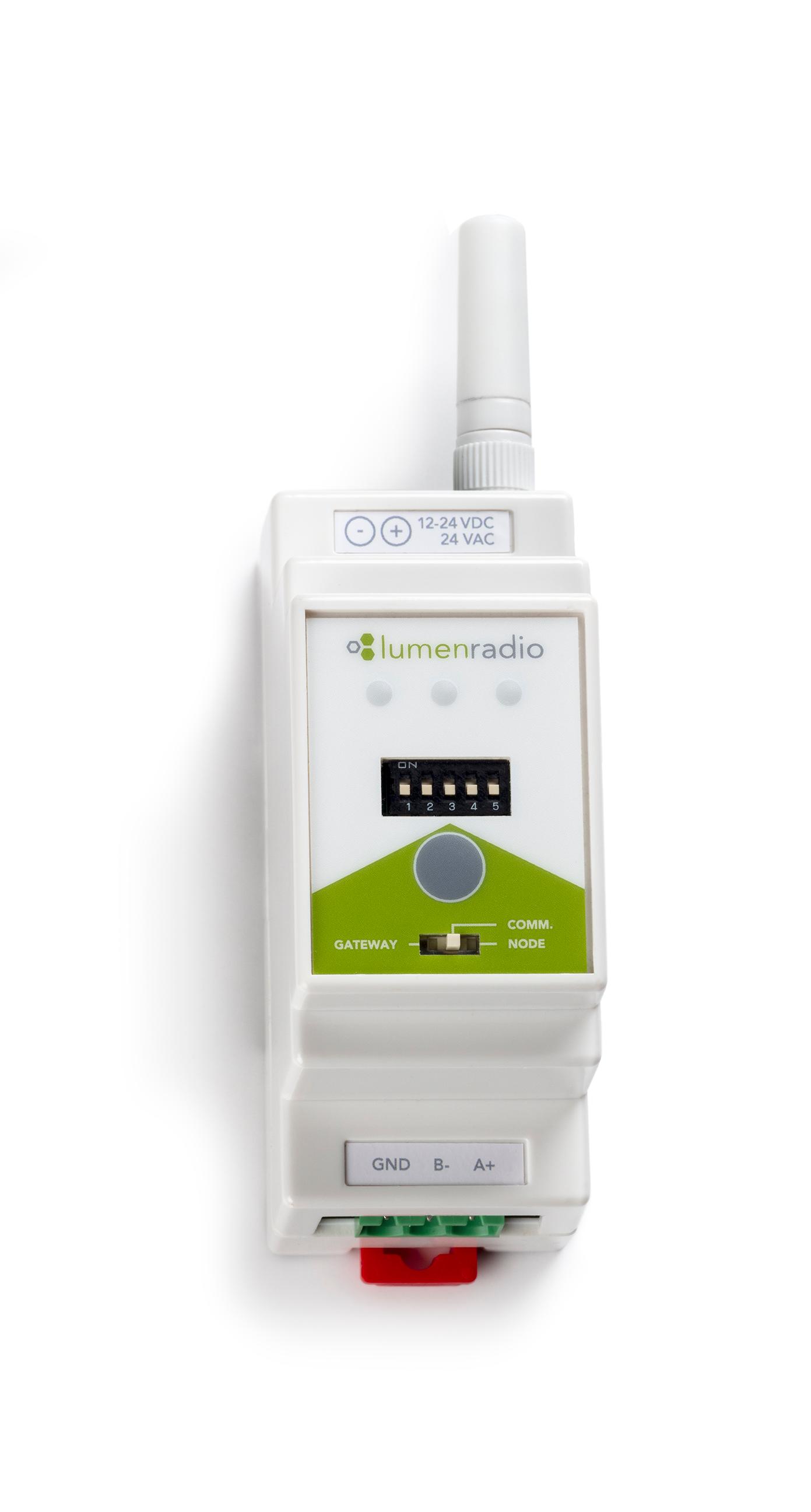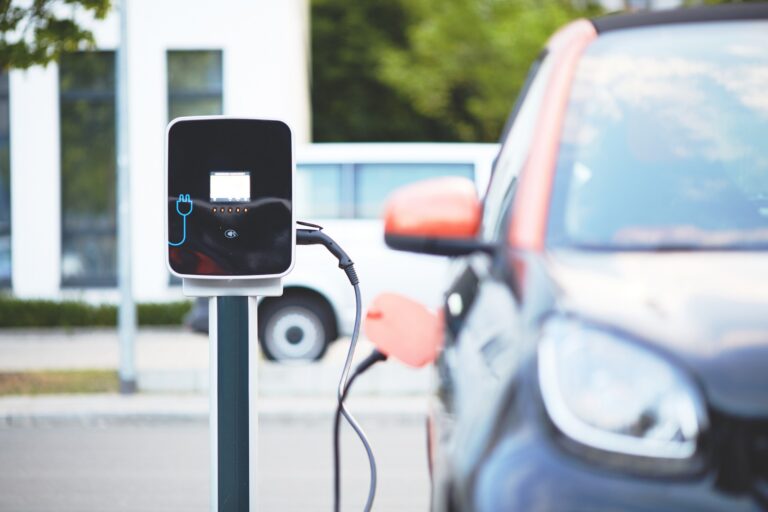With the solar industry booming, there’s a call for more efficient installation services. Switching from traditional Modbus RTU cables to wireless technology between the smart meter and inverter cuts installation time and eases troubleshooting. Wireless technology is also a perfect fit for wireless load balancing for EV chargers.
QUICK AND EASY INSTALLLATION
The plug-and-play capabilities significantly reduce installation time so projects can be carried out quicker, at lower cost and with less complexity.
INCREASED PROJECT CAPACITY
Wireless control in solar and EV installations enables time for additional projects, increasing revenue potential by turning time saved into profit earned.
SIMPLIFIED COST PLANNING
With a wireless installation you know the exact cost and work involved so project planning and bidding becomes quicker and more accurate.

W-Modbus DIN rail
Modbus RTU through reliable wireless mesh
Replace the cable
W-Modbus replaces the Modbus RTU cable with a reliable wireless mesh – it eliminates time-consuming installation planning, cabling, daisy-chaining and trouble-shooting.
Easy installation
Commission the W-Modbus network in minutes – just power up and connect your Modbus device and you are up-and-running. Avoids construction work and time-consuming cabling.
EV chargers
Wireless load balancing is an innovation for EV chargers. Chargers are typically installed where the car is parked and that is not necessarily always near or on the house itself. Digging up the driveway to lay a 25m cable from the garage to the house is not an option, but with a wireless connection, there is no problem.

What makes W-Modbus so reliable?
W-Modbus – like all of LumenRadio’s wireless control solutions – is built on a unique technology which predicts and finds the best channel to communicate on. It hops to the least busy frequency in milliseconds ensuring your signal remains strong even where there are thousands of other wireless devices in operation. We call it Cognitive Coexistence – you can call it peace of mind.



